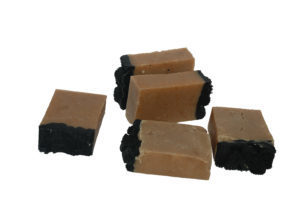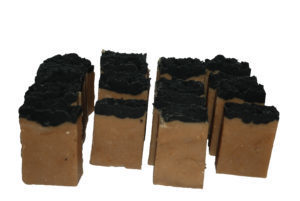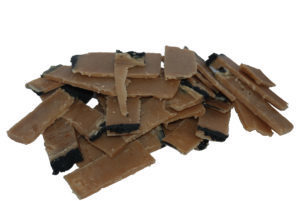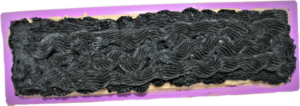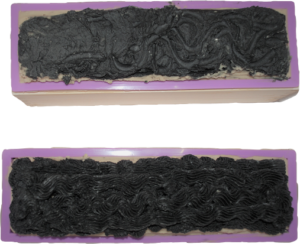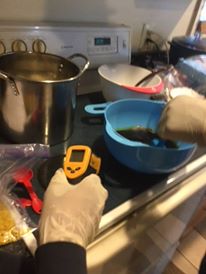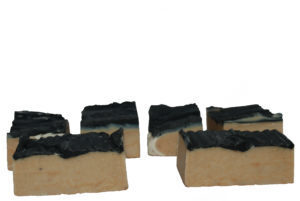Earlier this week, I had been looking forward to making cold processed soap on Thanksgiving day. It’s been a busy few weeks for myself, and I looked at that day as my first day of rest and a chance to do something for “me,” however, things didn’t go according to plan. Guess what? Thanksgiving morning, I was still completing a few reports for my work as an independent contractor. Originally, I’d planned to have the reports completed the day before, but… a slow computer put a stop to that. Initially, I didn’t know if the problem was on my end, or… the site where I was submitting the work, however, a few hours later, I discovered my computer was the culprit. Allowing, Windows 10 to install updates fixed the issue.
Thanksgiving day, I did take breaks throughout the morning to hang with my daughter and I also prepared a stir fry for her. That was her choice, we rarely eat the traditional Thanksgiving meal. But… by the time I have finished my reporting, on Thanksgiving day, the only thing I wanted to do was hang with my daughter and rest, and that’s exactly what I did. It looks that I finally will get the chance to make soap tomorrow afternoon, which will be exactly two weeks after showing a friend how to make cold-processed soap.
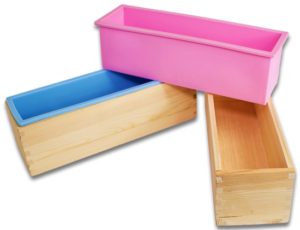
Tomorrow, I’ll be using two brand-new soap molds with silicone liners. Earlier this week, I’d purchased the molds. They make around two-pound batches per mold. I’m looking forward to using them in some of my smaller batch ‘sample’ recipes. I have at least one sample soap that I’d like to try tomorrow and I’ll be sure to use one of those molds. I’m still unsure if I’m ‘sold’ on these molds. They definitely are cheaply made compared to my other handcrated wooden soap molds and while my other soap molds cost a bit more, I do believe I’ll stick with those when it comes to purchasing more molds, or… make them myself. I’ll be sure to purchase the molds in plenty of time, so I’m not needing them ASAP, which is why I ordered the above and since I purchased them on Amazon (and am an Amazon Prime member) I received them the same day that they were purchased. With my custom molds, the delivery time typically takes a bit longer since they are usually made after purchase and I’m fine with that.

Currently, I’m researching Aleppo soap (100% olive oil) and pine tar soap. While both soaps have been around for years, Aleppo soap easily trounces pine tar soap with its long history dating back over two thousand years. I won’t be making either of those soaps tomorrow. Both soaps are reportedly excellent for general dermatitis like eczema, psoriasis, bacterial dermatitis, acne, herpes, rosacea, and a few other skin conditions and while these really haven’t affected me, I’m still curious and will test a few recipes for both soaps and give them out as samples to a few acquaintances who do suffer from these issues. An interesting fact is that soaps were mainly created for the cloth industry to prepare wool for dyeing and not for personal hygiene.
Resources:
The History of Soapmaking

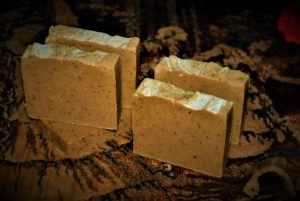
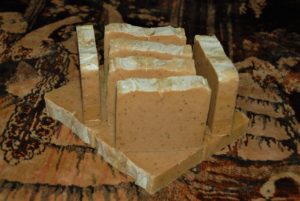
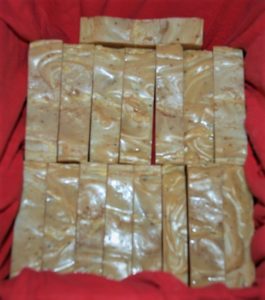
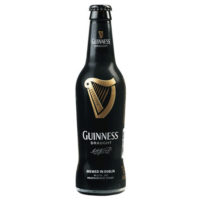
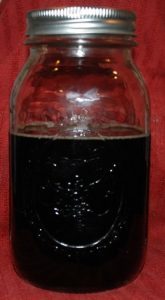
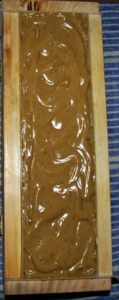
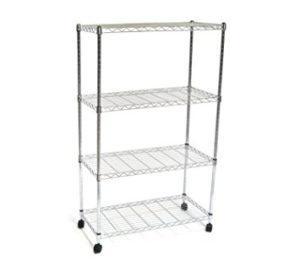
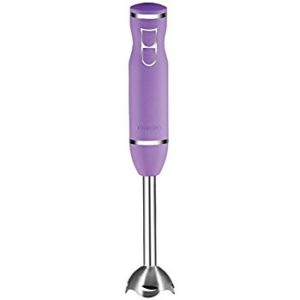
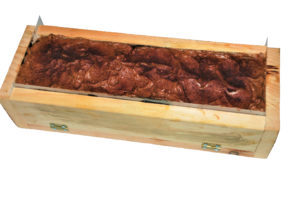
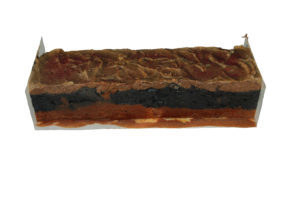
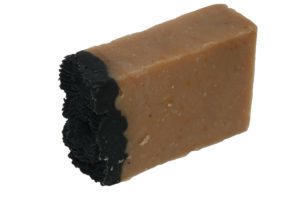 Yesterday, I cut my Neem soap. All I can say is wow, was it pungent when I cut that soap! The scent hit me like… whoa! It had a strong earthy, sock smelly stank scent. I’ve used Neem oil for several years, it smells like garlic so I was prepared for that. I let my daughter take a whiff of the soap logs and she instantly backed away and said, “Oh, that smells bad!” A few hours later I gave one of the bars another sniff test and noticed that the smell had dissipated significantly.
Yesterday, I cut my Neem soap. All I can say is wow, was it pungent when I cut that soap! The scent hit me like… whoa! It had a strong earthy, sock smelly stank scent. I’ve used Neem oil for several years, it smells like garlic so I was prepared for that. I let my daughter take a whiff of the soap logs and she instantly backed away and said, “Oh, that smells bad!” A few hours later I gave one of the bars another sniff test and noticed that the smell had dissipated significantly.